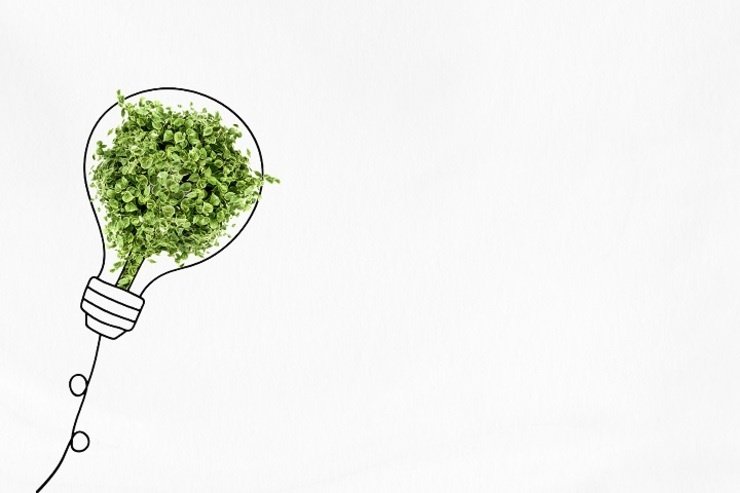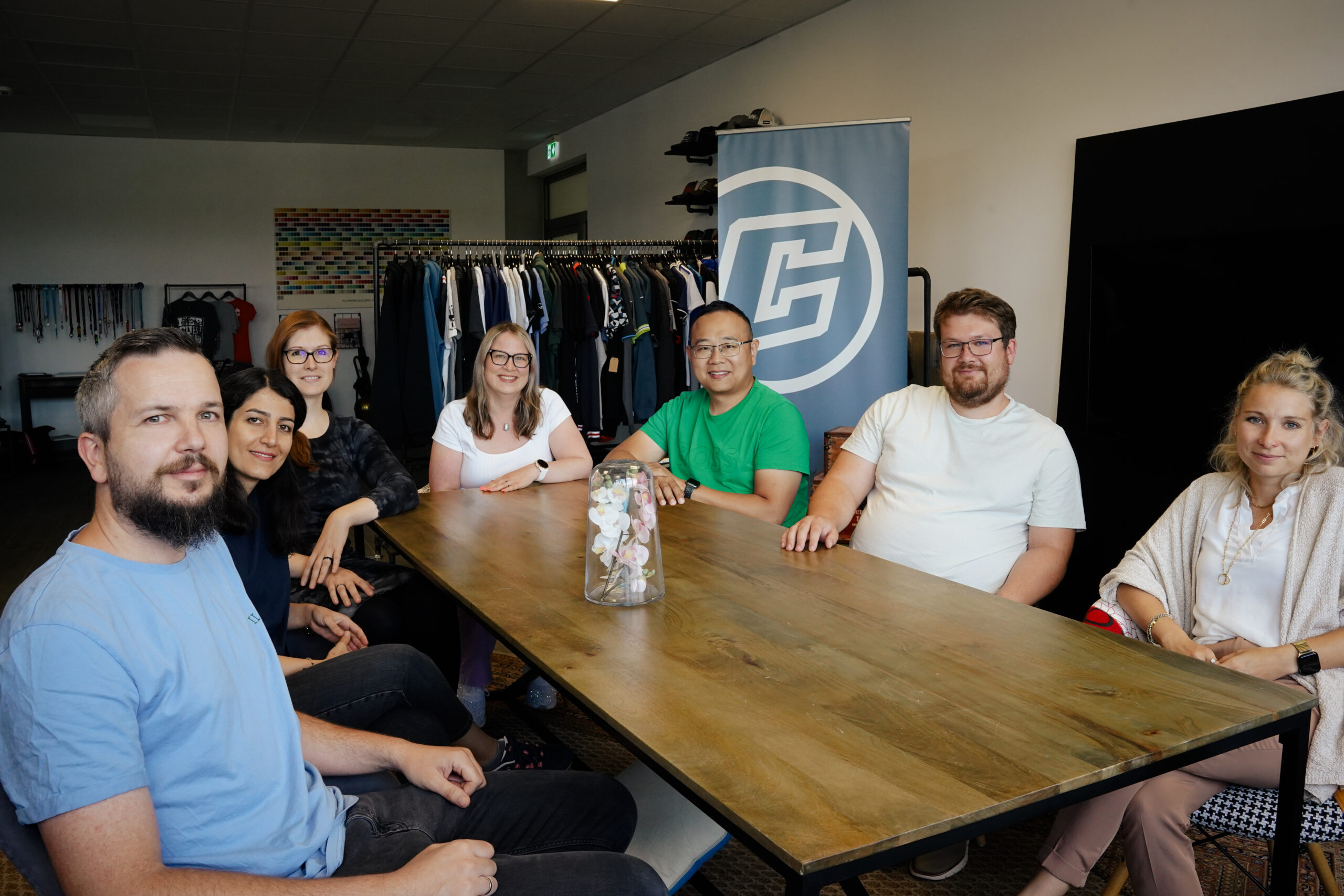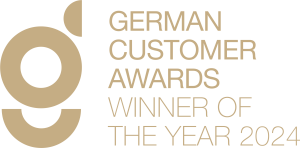For a long time, the promotional products industry was shaped by mass production, cost pressure, and fast delivery cycles. So how can sustainability become reality?
Economic Transformation in Uncertain Times
While politicians debate climate investments and loosening debt brakes, companies are facing increasing pressure. The need for action is real: markets, customers, and employees are all demanding clear positioning and visible sustainability measures. This isn’t just about energy-intensive industries—it affects every sector, including those previously under the radar, like promotional merchandise.
The promotional products industry is a prime example of how sustainability is evolving from a “nice-to-have” into a competitive advantage—bringing both opportunities and challenges.
Sustainability as a Competitive Edge – Pressure Is Rising
More and more companies now view sustainable business models not just as a moral imperative, but as a strategic necessity. Consumers expect transparency, resource efficiency, and responsible practices. Regulatory pressure is also increasing—from EU taxonomies to mandatory reporting requirements.
A recent survey confirms that sustainability is the number one trend for suppliers and distributors alike in the promotional sector. This shift is not just about brand image—it’s about economic survival. Customers and partners are demanding quick, practical solutions.
The approach must be pragmatic. First: less is more—less material, less packaging, reduced shipping volume and weight. These are actionable starting points already shaping many of our new product developments. The next step involves greater awareness—of resource use, material choices, and ideally integrating sustainability right from the design phase. Key question: how can a product be designed using sustainable materials and be recycled or reused?
This applies to budgets too: less volume, more purpose. We’re increasingly focused on the circular economy—how products can be reused or repurposed at end-of-life. It’s not enough to think only up to production. What happens after is just as crucial.
Between Ideal and Reality – Is Change Realistic?
The promotional products industry has long been defined by speed, price, and volume. At first glance, sustainability seems like a contradiction—but it’s absolutely achievable. The challenge lies in restructuring supply chains, building reliable partnerships, and communicating new standards.
Yes, this transition requires investment, patience, and the courage to rethink old processes. But it is both realistic and necessary. After more than 30 years in the industry, I can attest to the potential of sustainable product lines—not only for environmental impact, but also for strengthening brand identity. There is no Planet B. We must rethink and act more holistically. Sustainability is not a trend—it’s essential.
We live in a consumer-driven world, but natural resources aren’t becoming more plentiful or cheaper. That means we must act more consciously—especially in how we treat our planet. If we want to leave a livable world for future generations, we need to take responsibility now.
Obstacles and Opportunities – What the Industry Can Teach Others
Of course, there are roadblocks: lack of standards, high administrative costs, limited material availability—to name a few. But at the same time, we’re seeing a surge in innovation, new business models (like rental or circular systems), and a growing sense of responsibility among customers. These trends are paving the way forward.
The promotional product industry can serve as a blueprint: if sustainability is achievable in a highly price-sensitive market like this, it can be done anywhere. The key ingredients—openness, transparency, and a willingness to transform—are universal.
Political Responsibility – Time for Clear Frameworks
According to a recent study by the Bertelsmann Foundation, over 70% of companies feel hindered by political uncertainty around sustainability. Meanwhile, the Forum for Sustainable Investments is calling for concrete protections and reliable policy frameworks.
Yes, the EU continues to implement new regulations—but the challenge isn’t the laws themselves, it’s the overwhelming documentation they require. For many SMEs, this is nearly impossible to manage. Simpler, more practical, and partly self-managed systems are needed. Only then can sustainability become a driver of economic resilience, not a burden.
Conclusion: Sustainability Is Becoming the Norm – Whether We Like It or Not
We’ve reached the point where sustainability is no longer optional. The future of the German economy isn’t only decided in industrial halls—it’s also shaped by everyday actions, from product design to branded merchandise. The promotional product sector proves: change is possible when politics, business, and society work together.
Those who take responsibility today not only contribute to a better world but also gain a strategic edge for tomorrow.
Steven Baumgaertner | June 5, 2025
Image credit: © freepik / rawpixel-com








